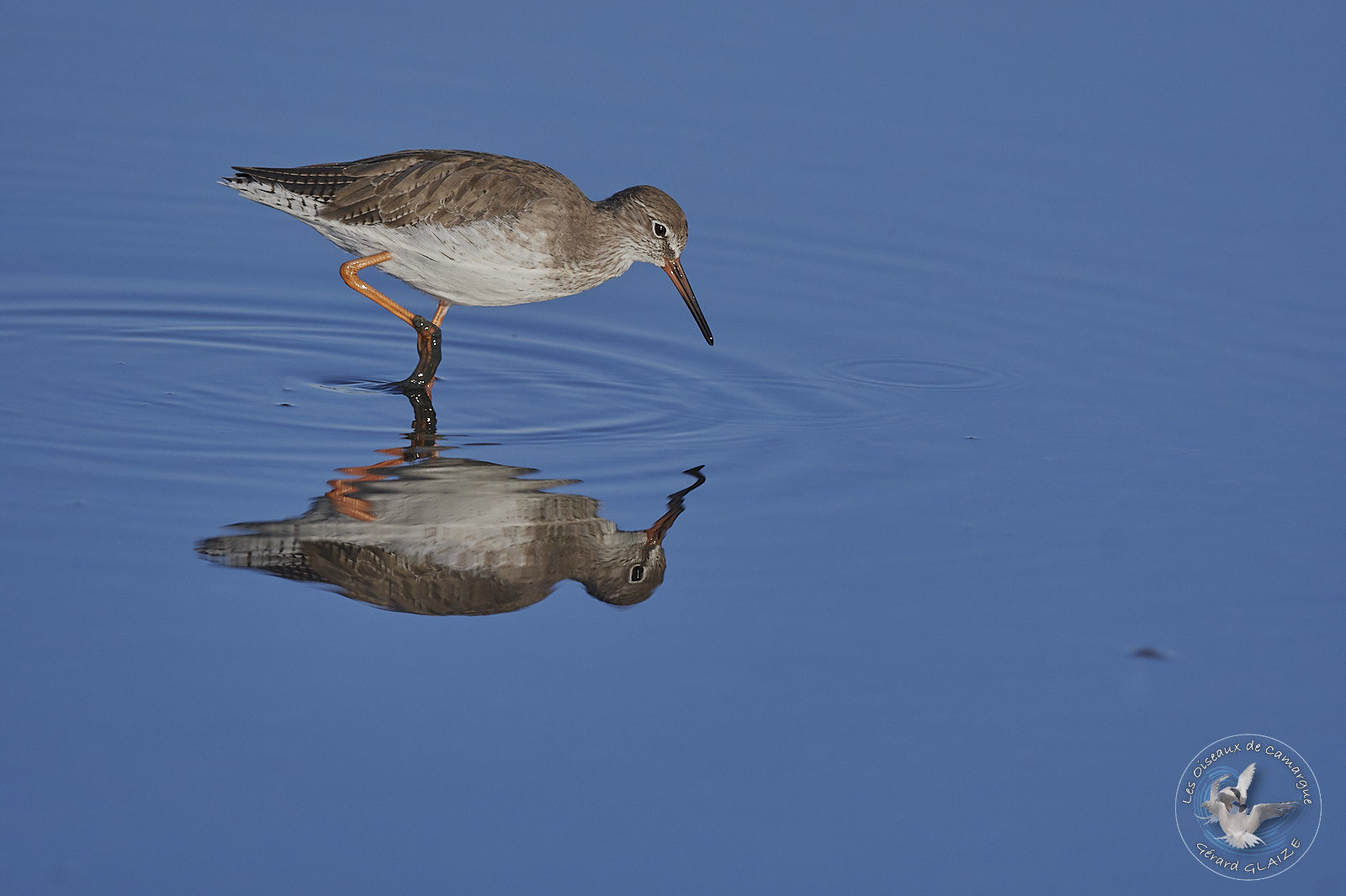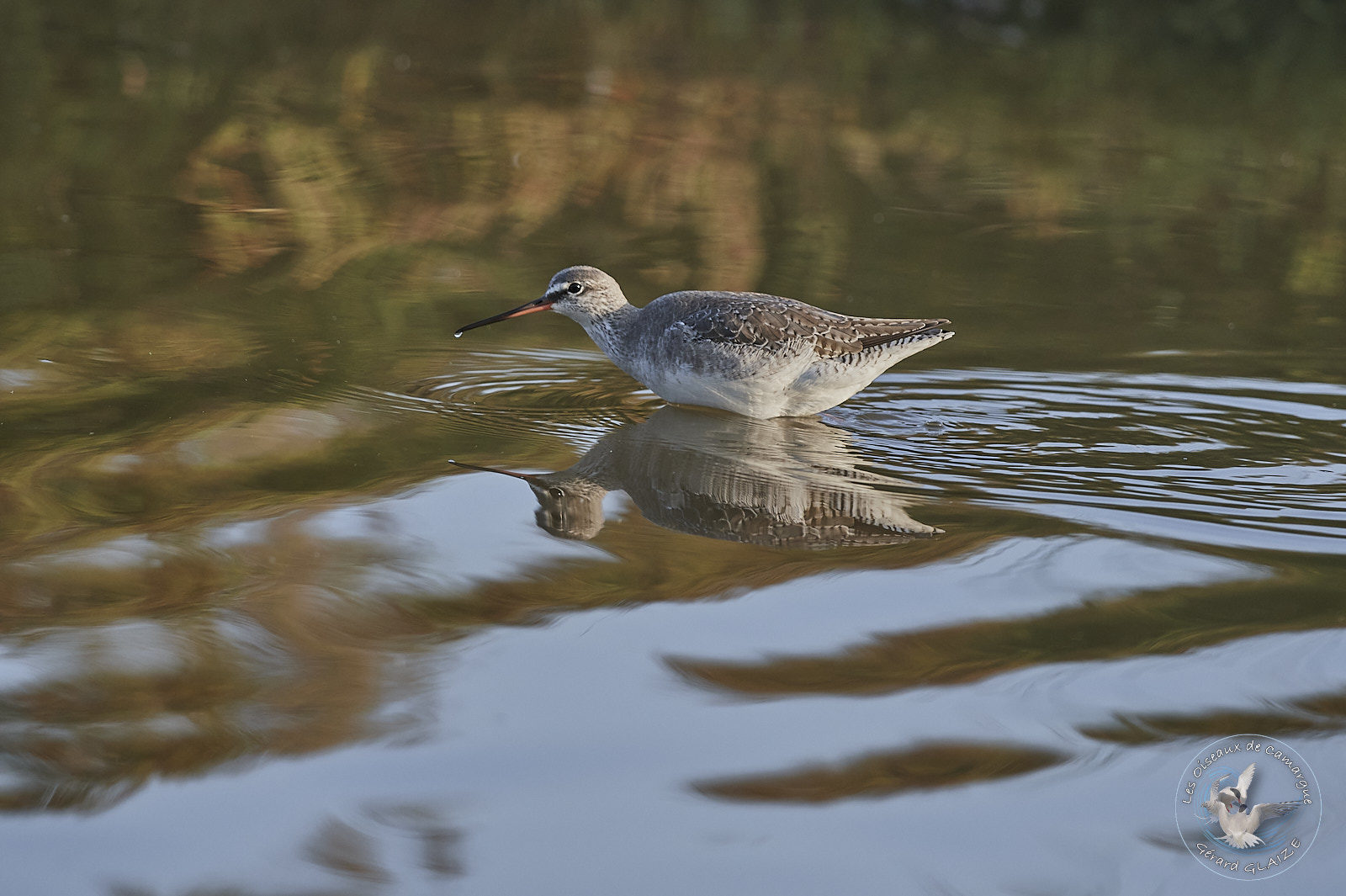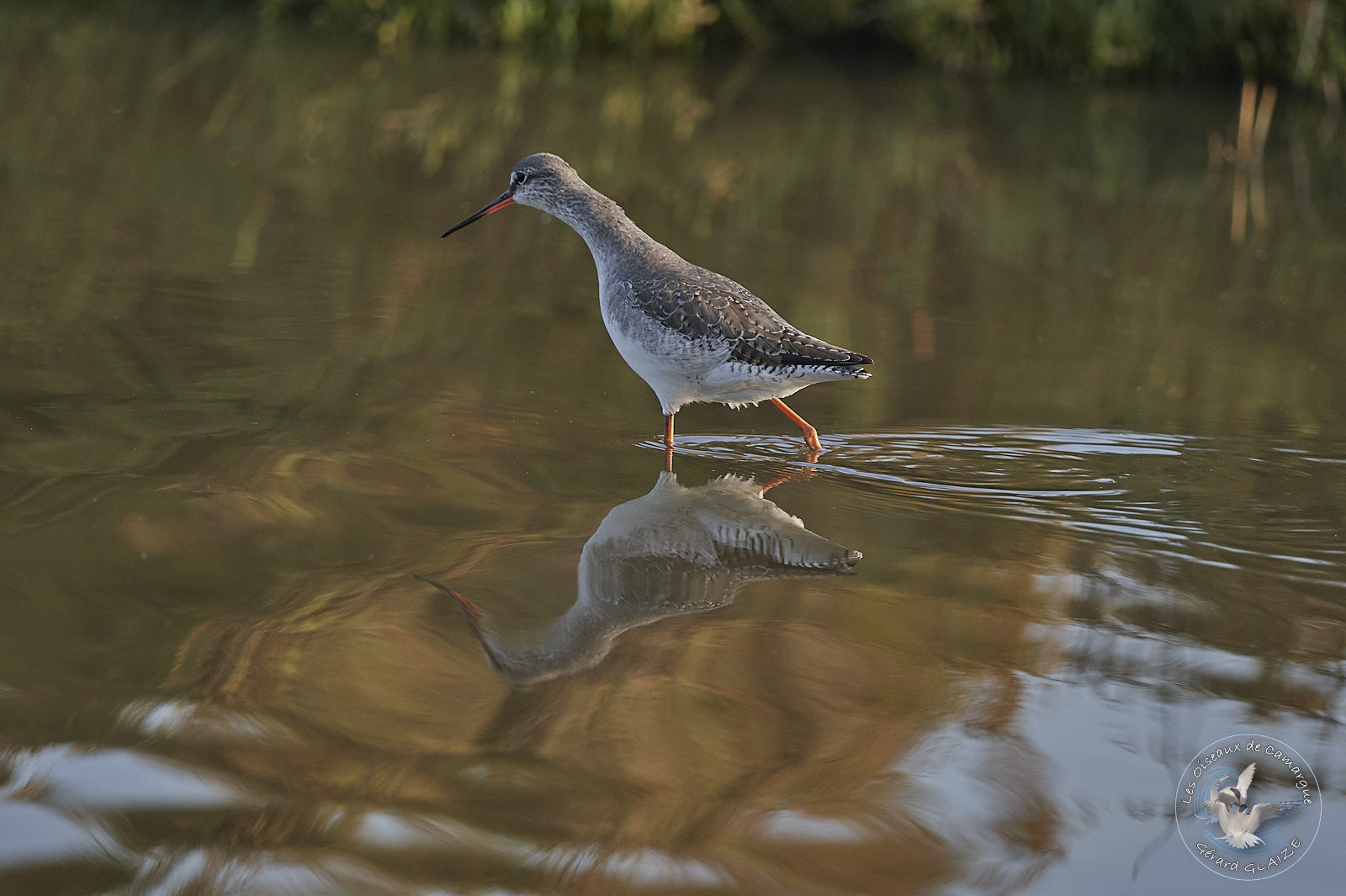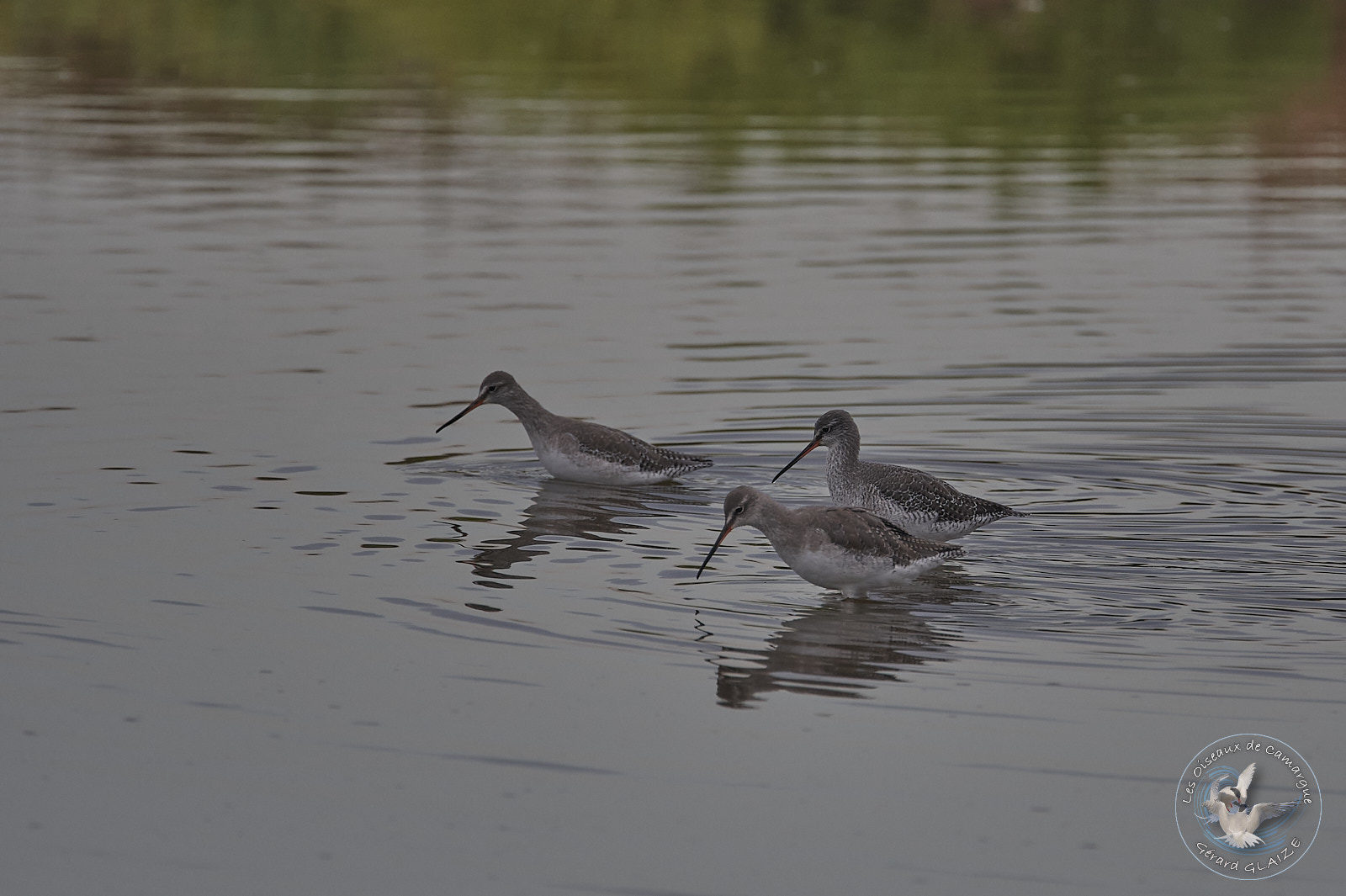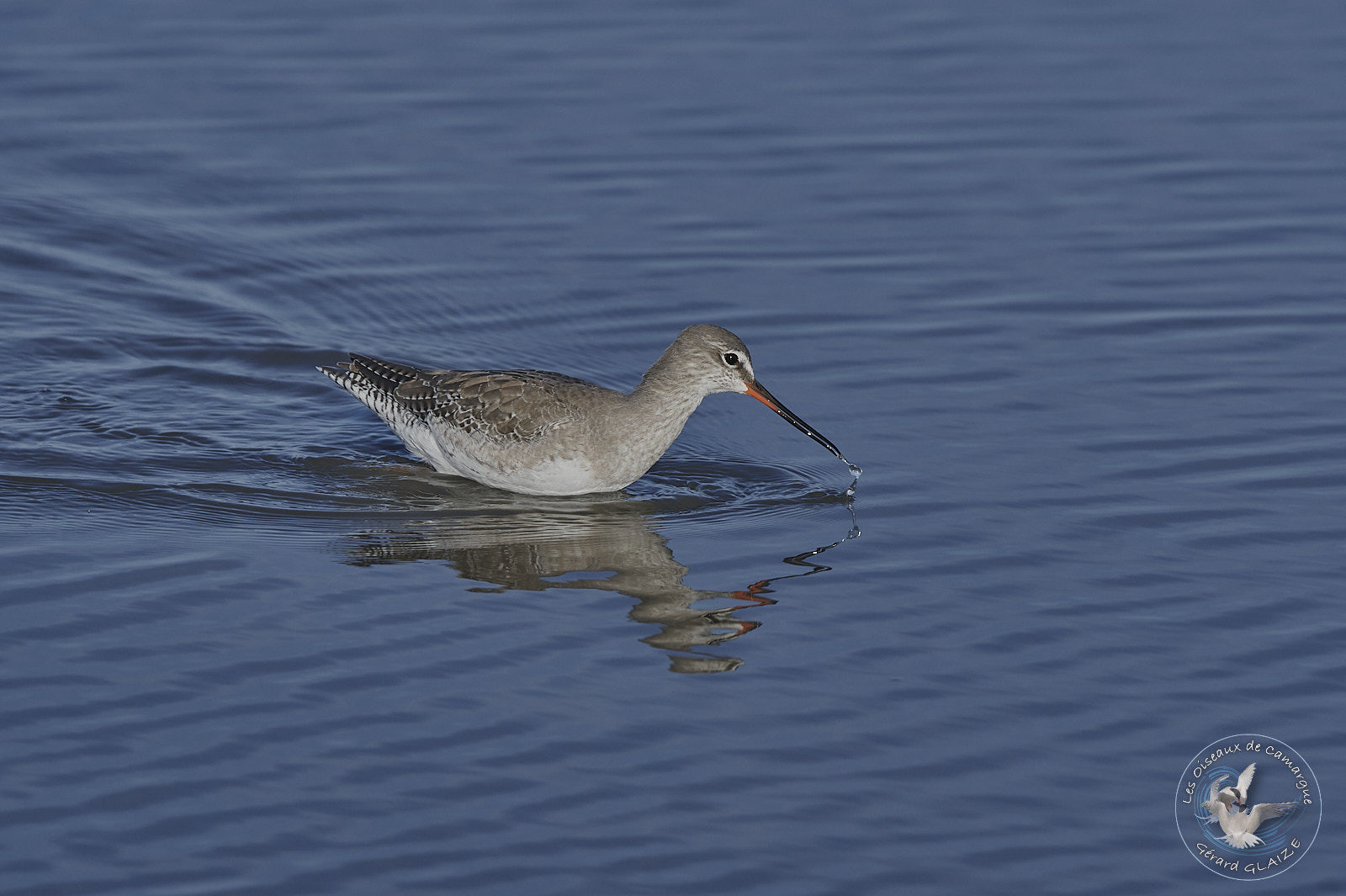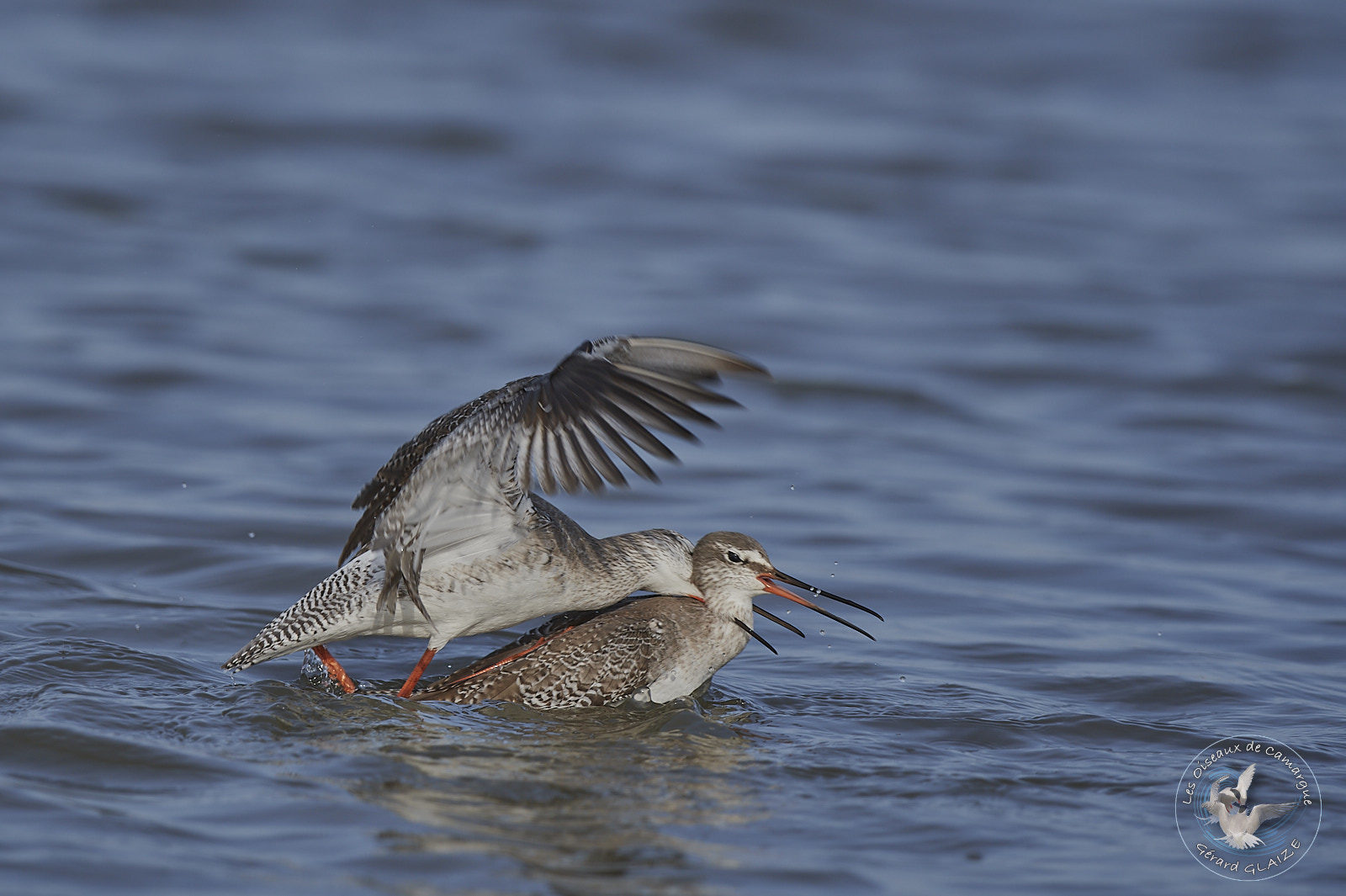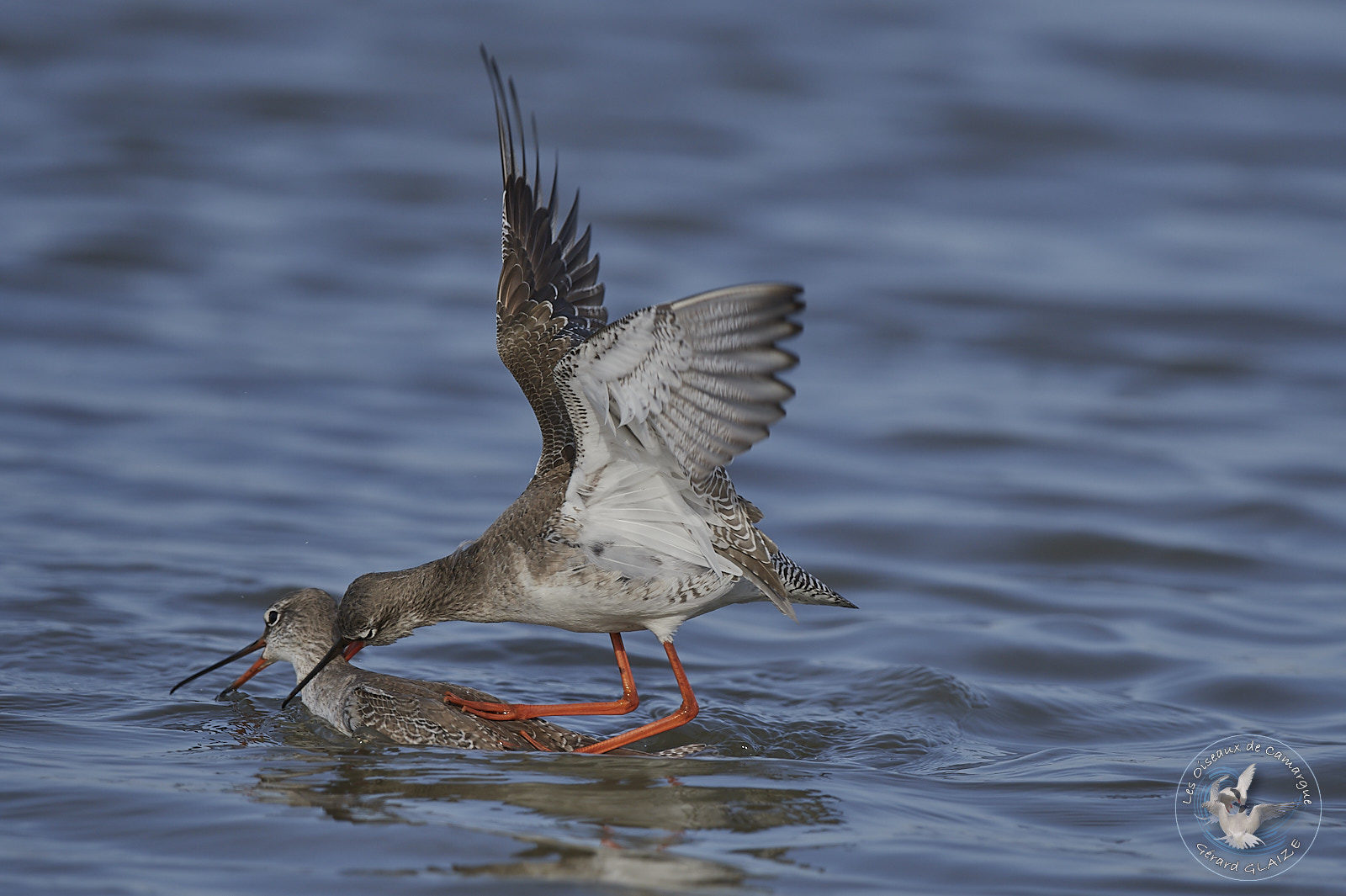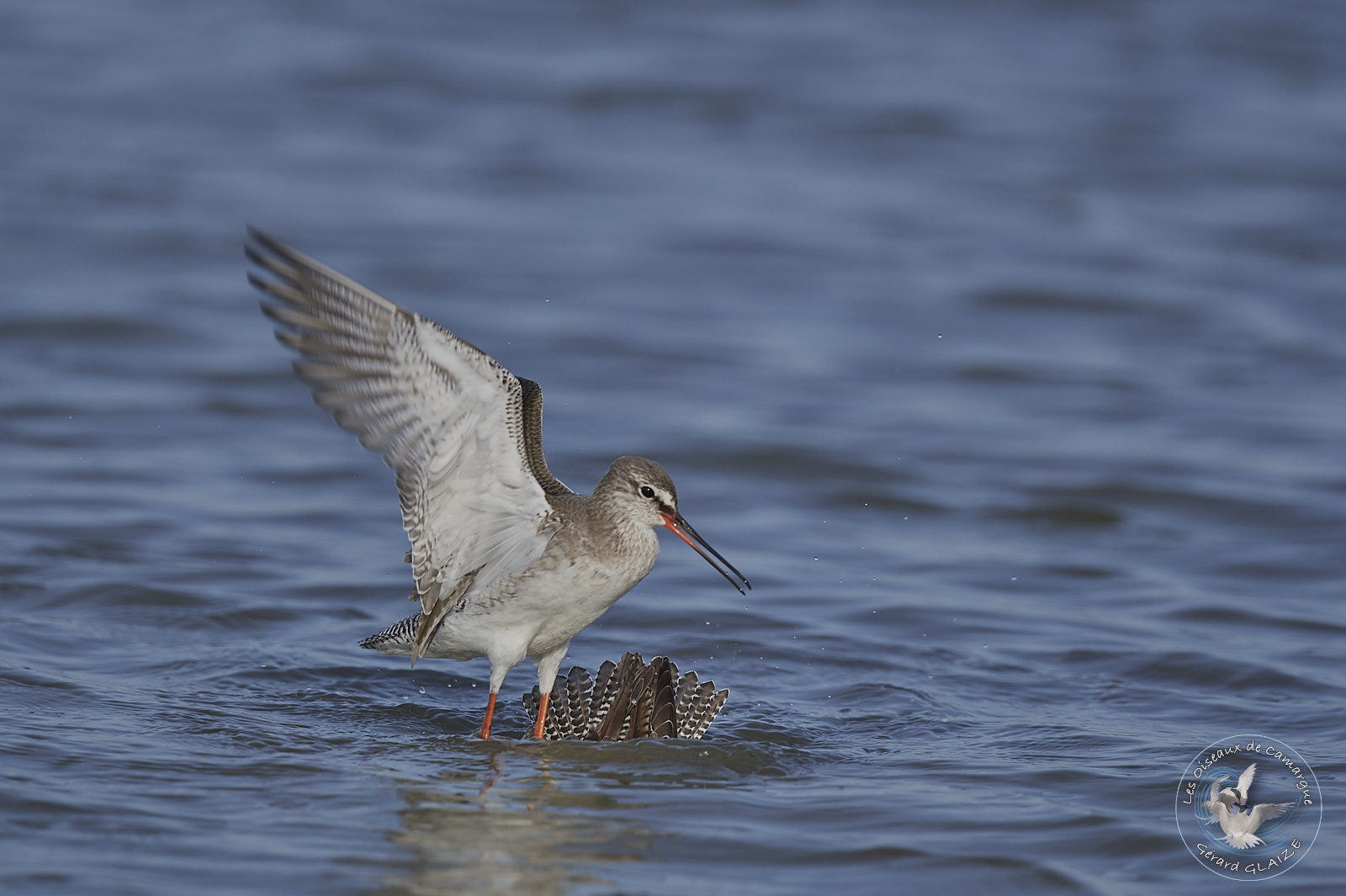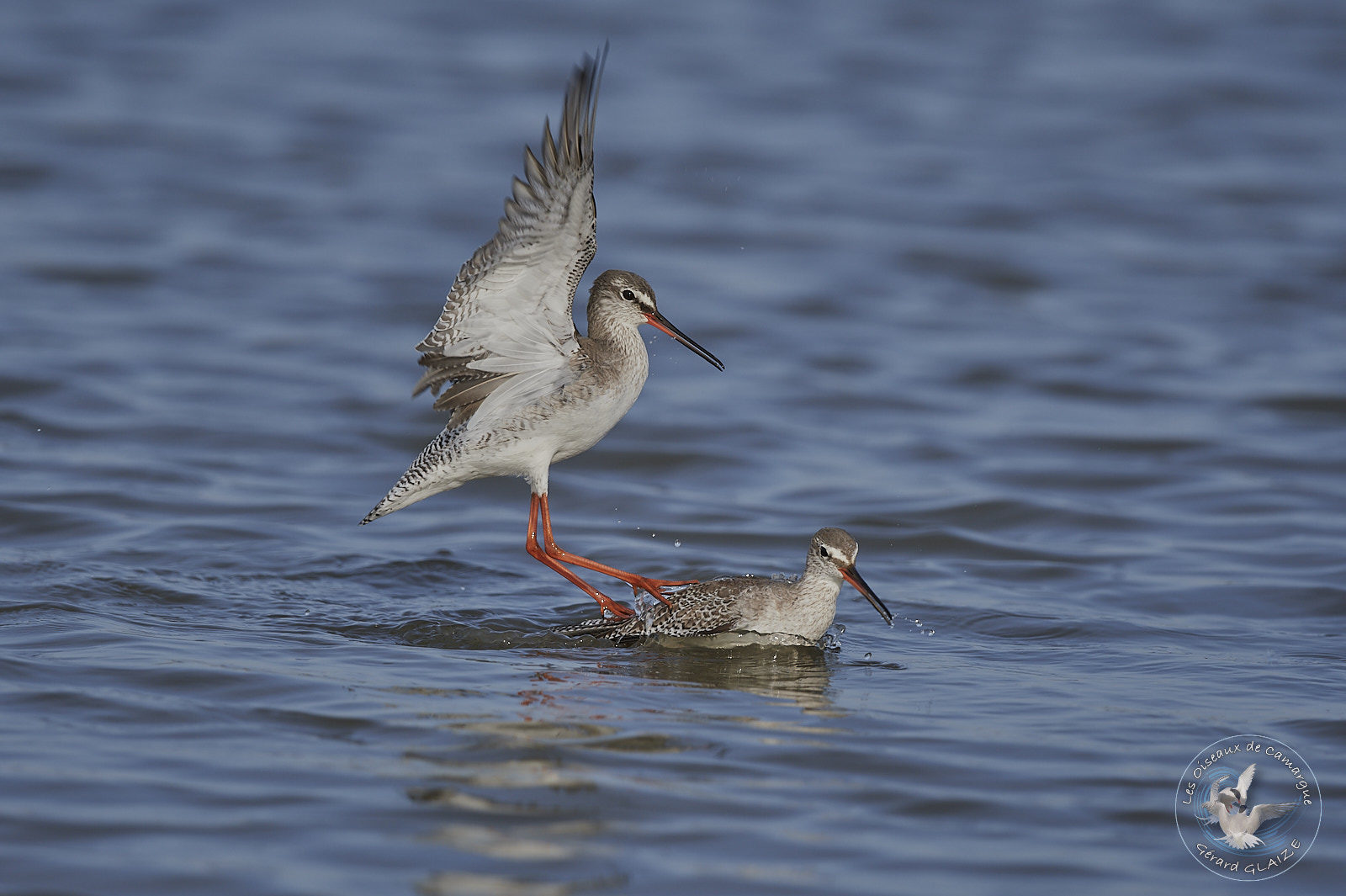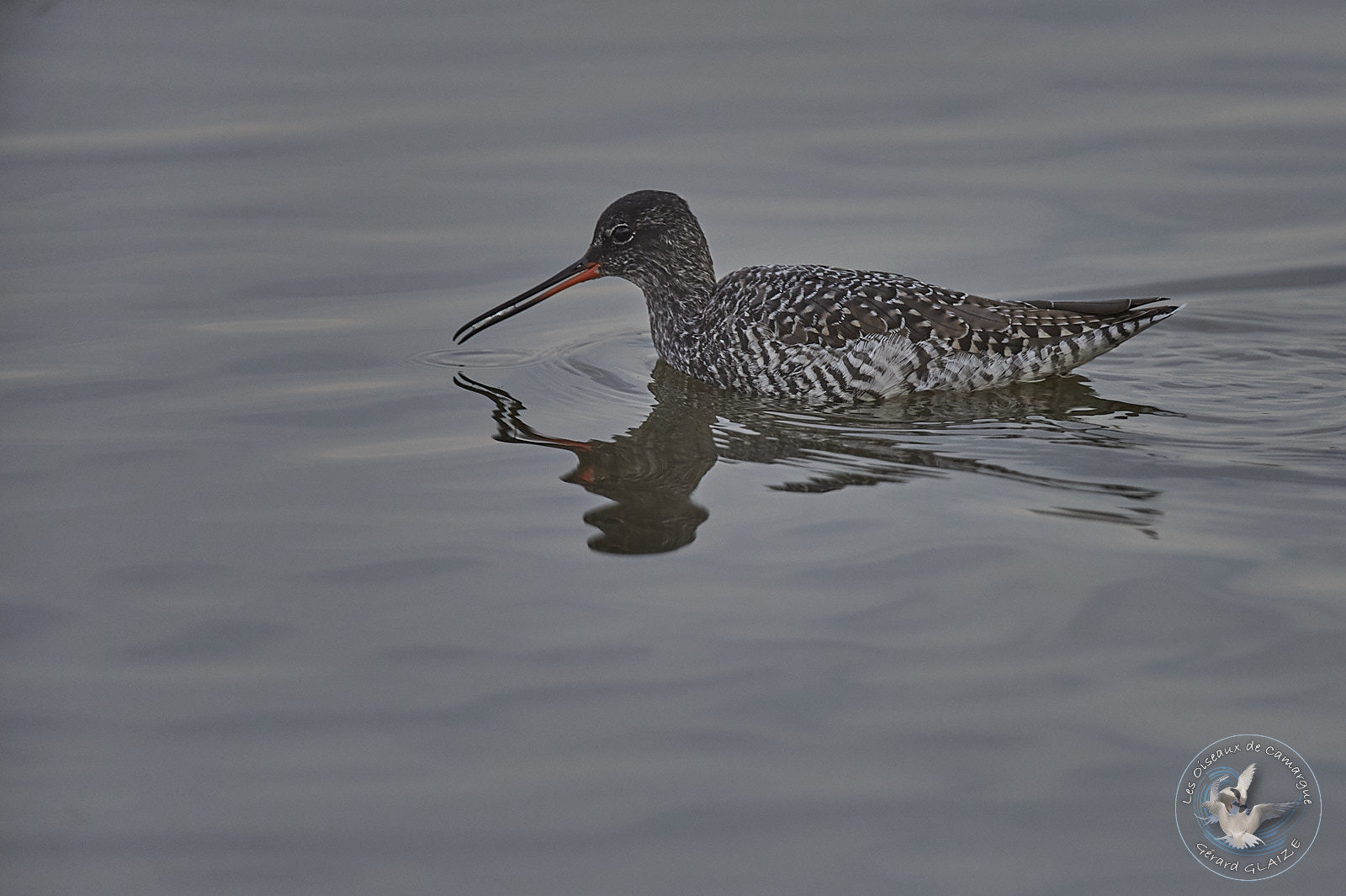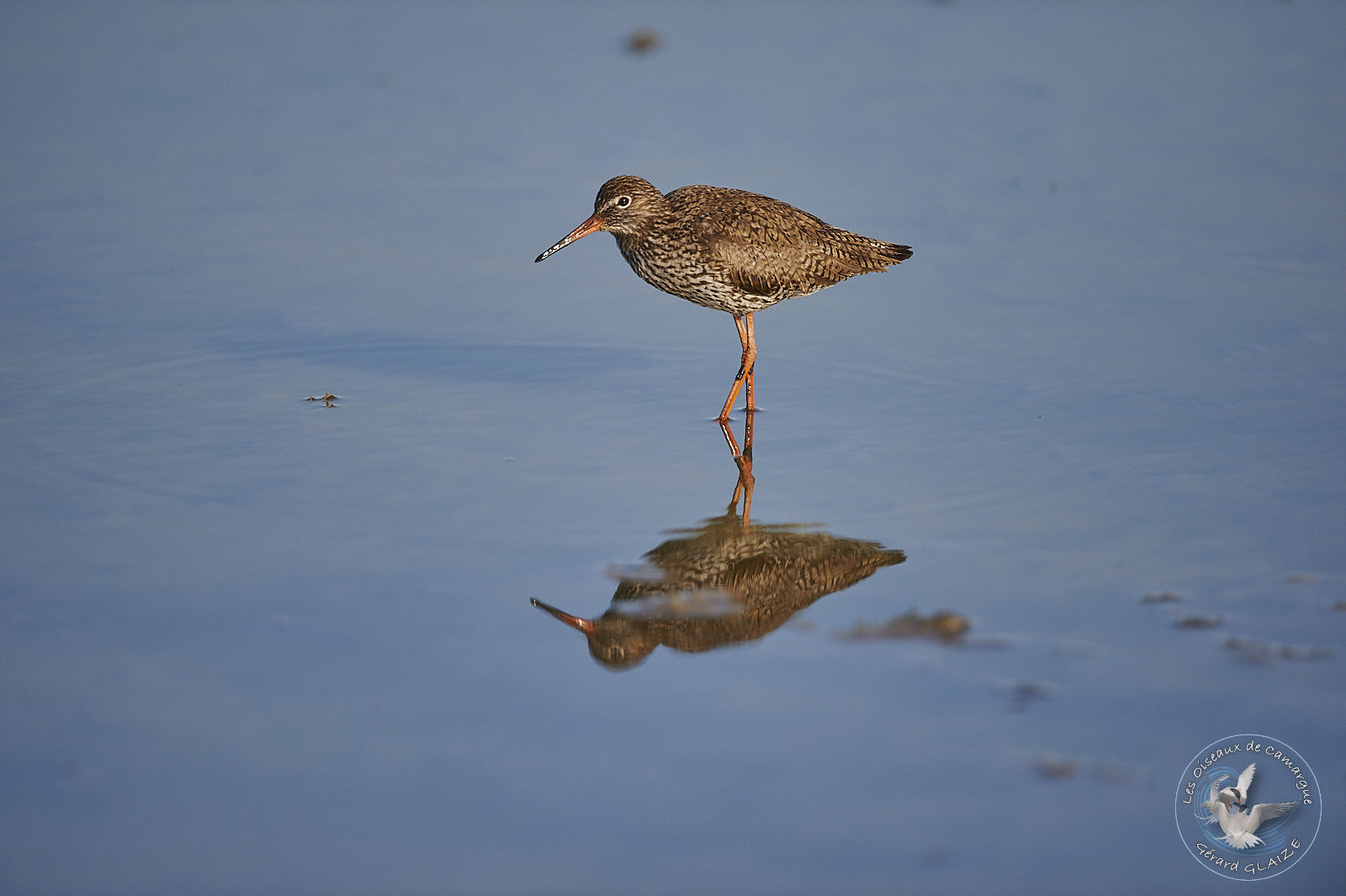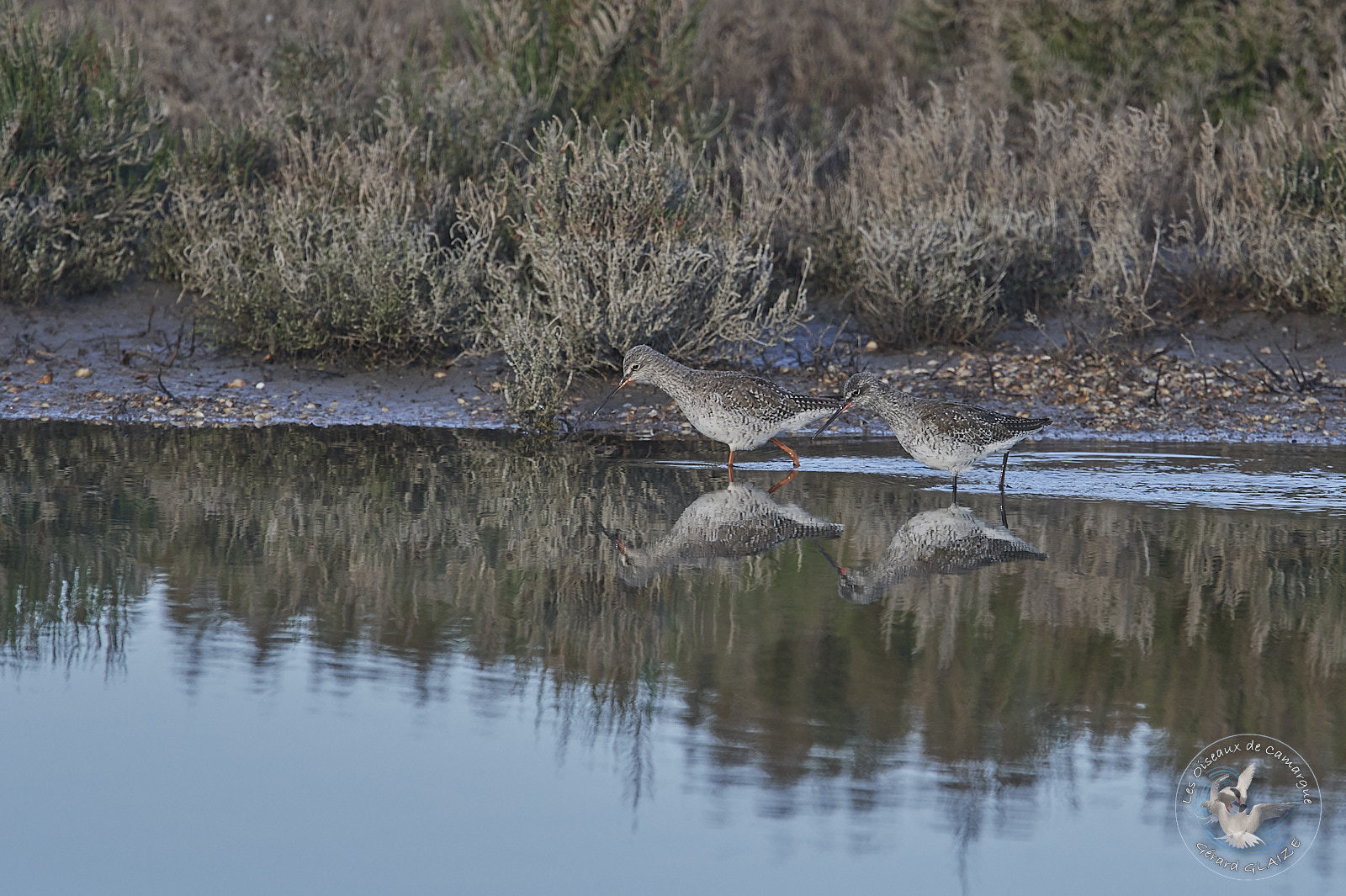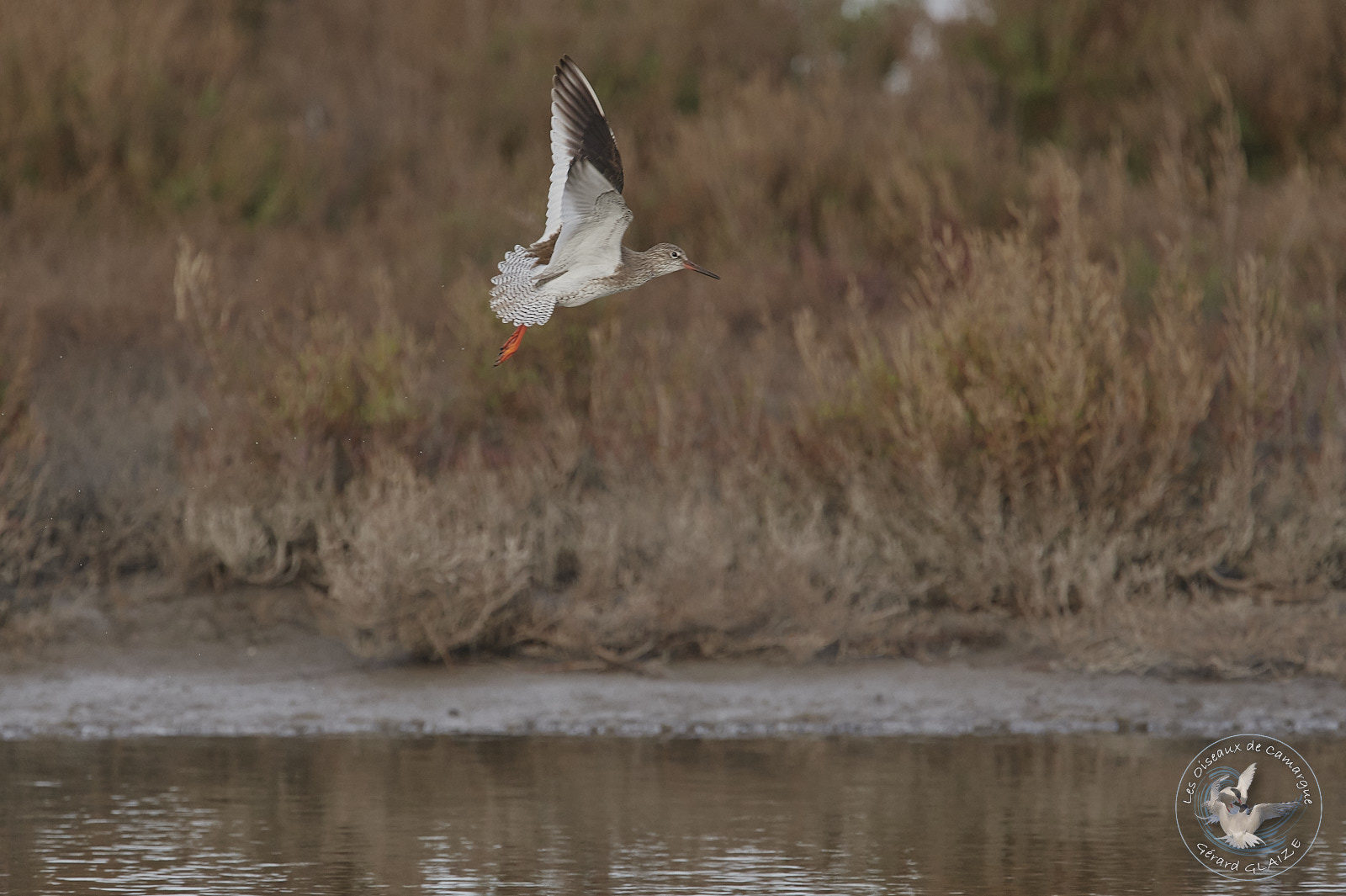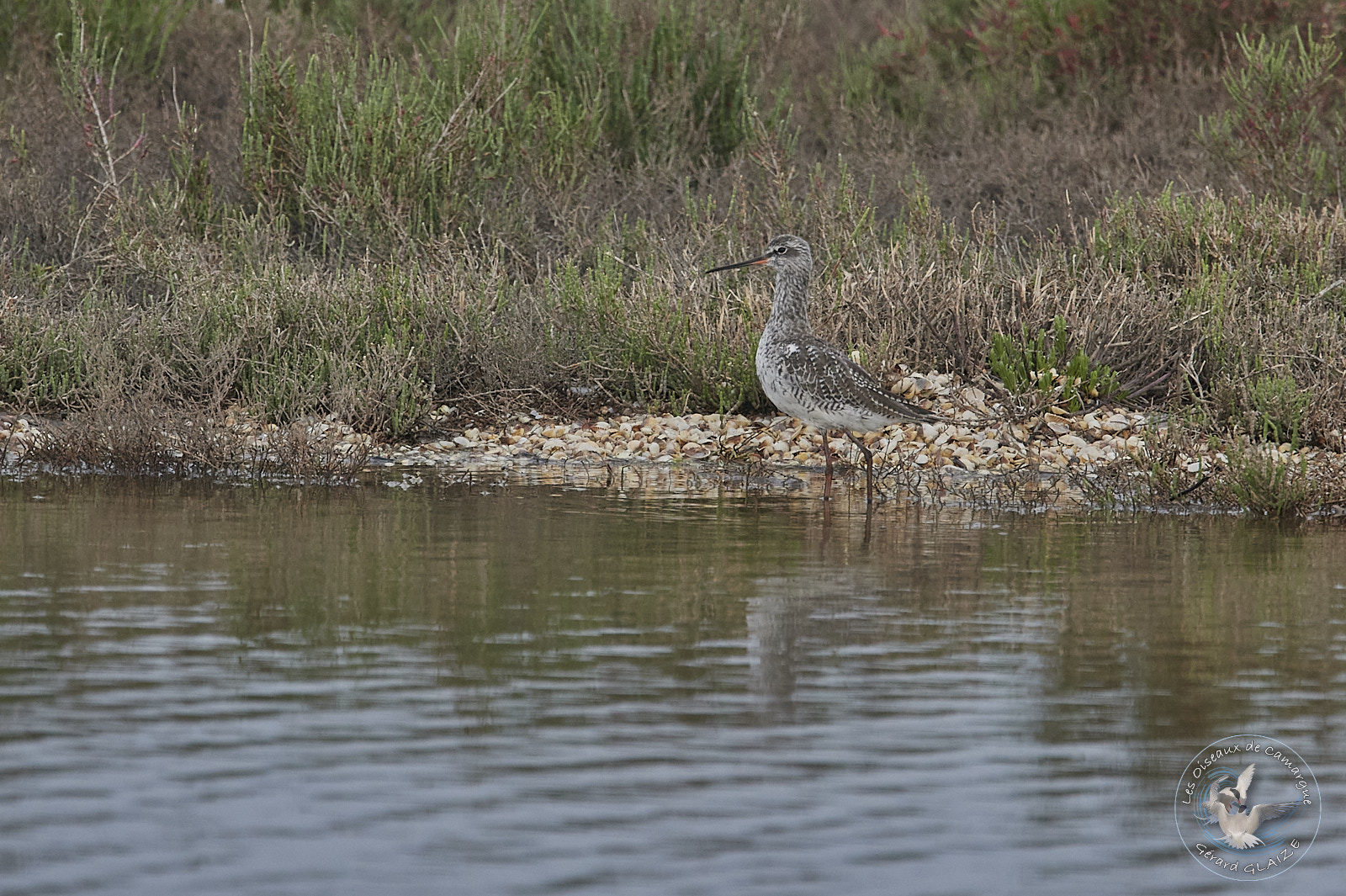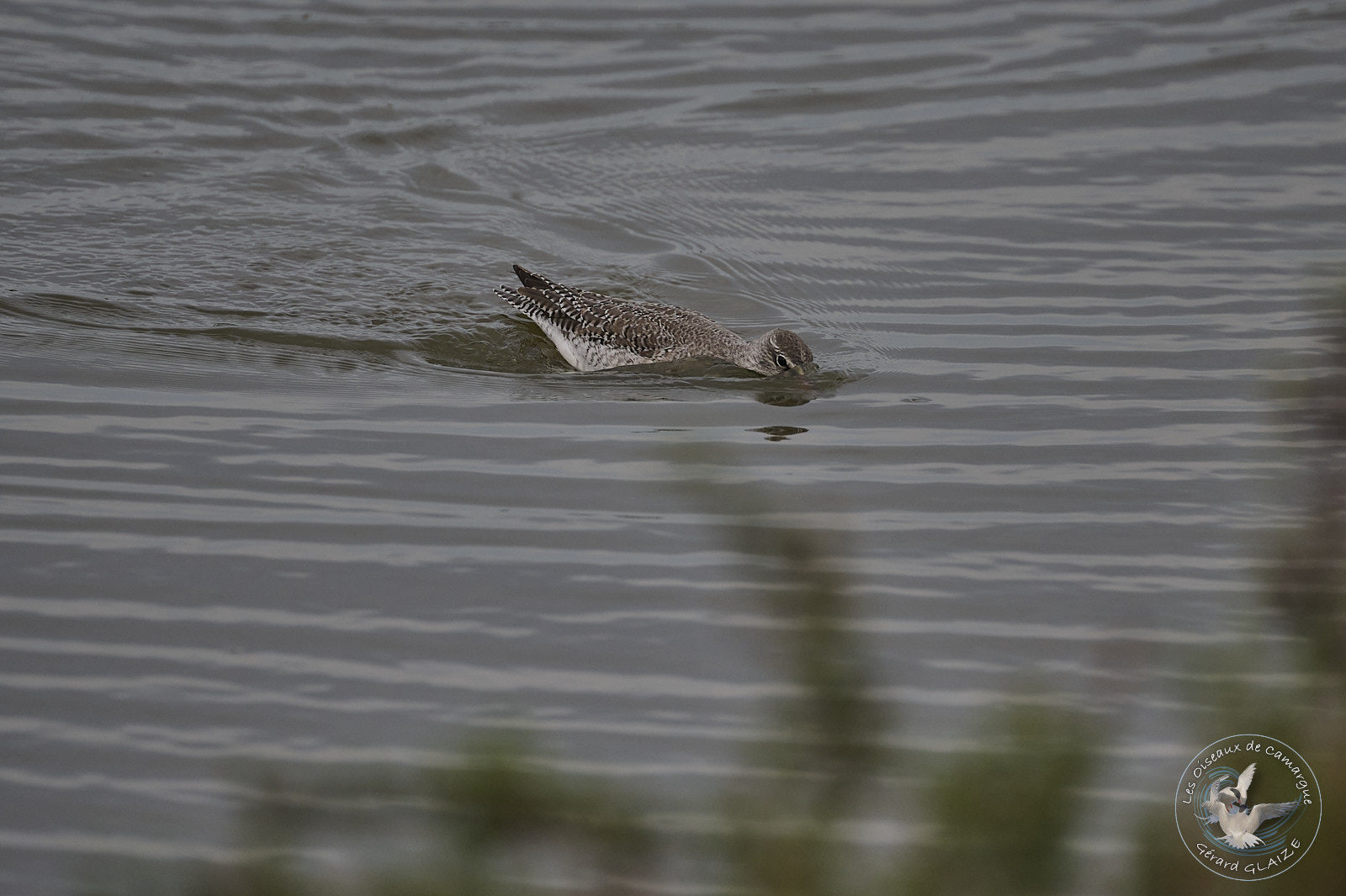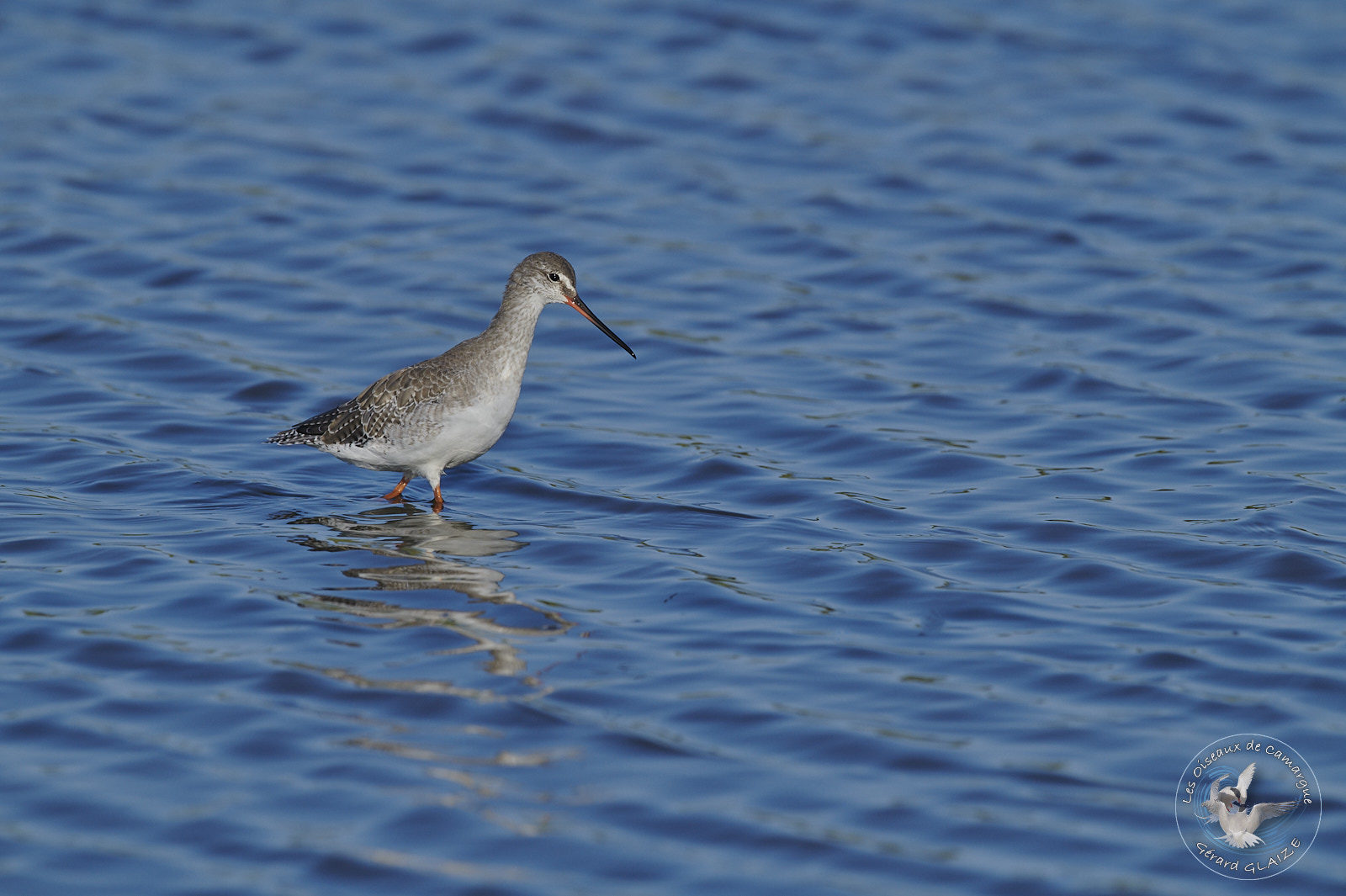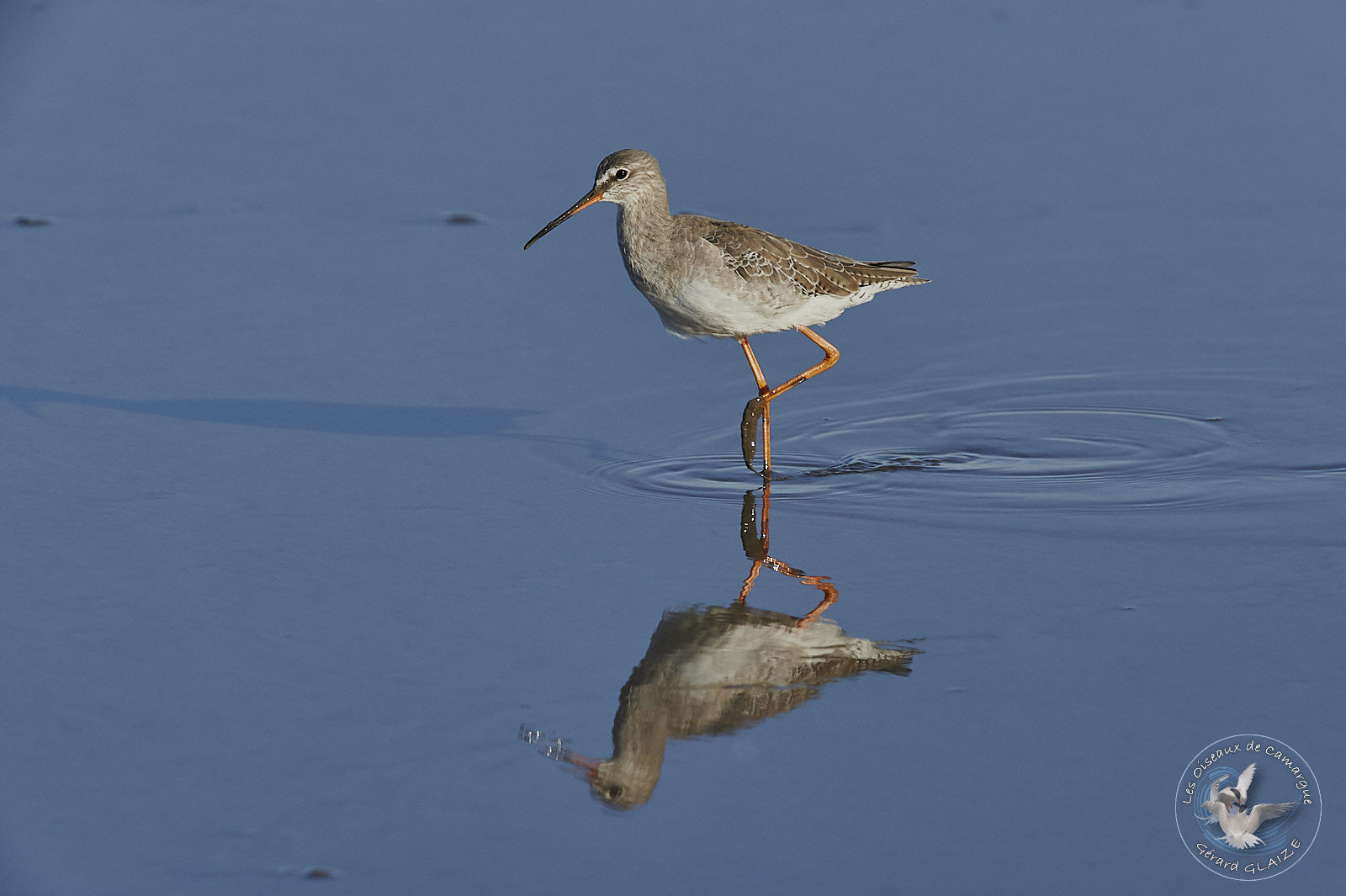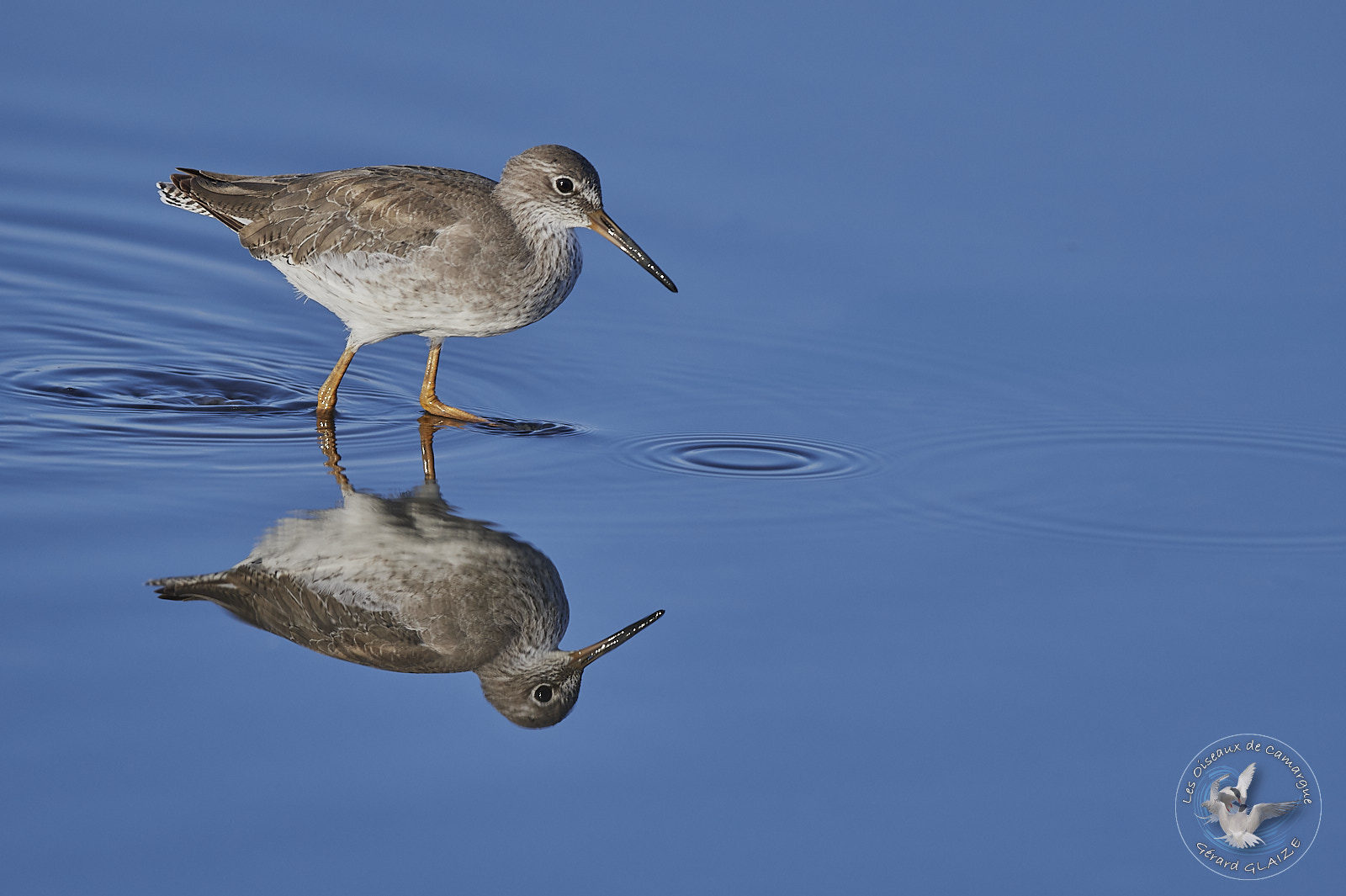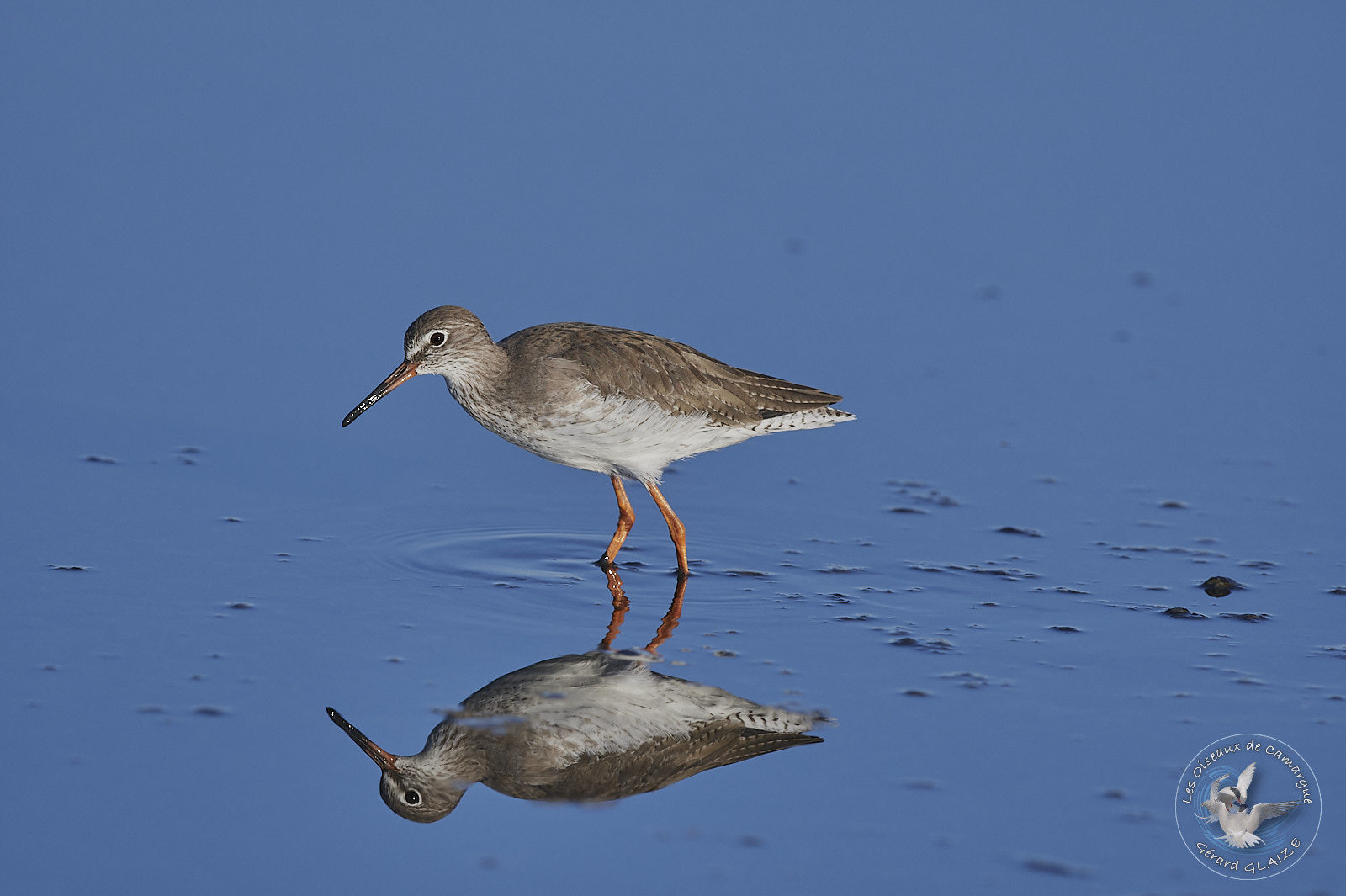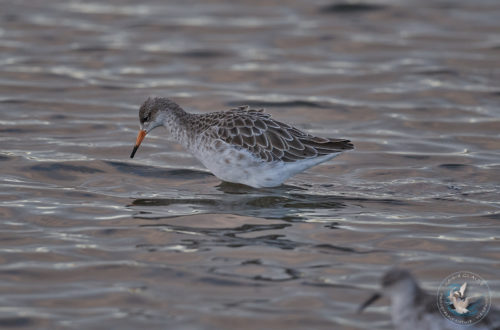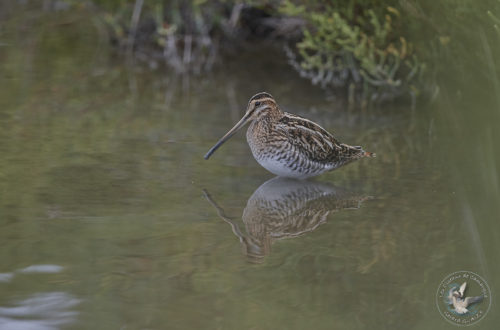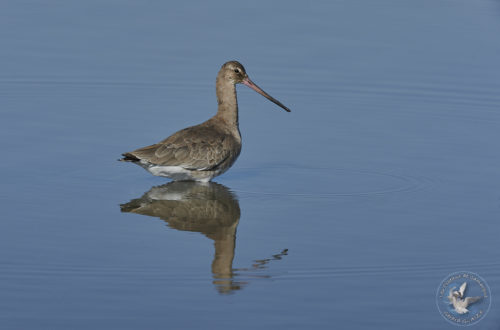Spotted Redshank
Spotted Redshank is a species of shorebird belonging to the family Scolopacidae. It is a slender, long-legged wading bird, slightly larger than the common redshank. The size of a pigeon, it nevertheless has a more slender and slender look, characterizing the waders, with a long thin and straight beak, marked by a red lower mandible. The plumage is completely different between the winter and the breeding season, which has consequently earned it its name of harlequin. In winter plumage, the Harlequin Sandpiper is entirely pale grey, with a white supercilium descending behind the eye. The legs are red. In breeding plumage, it is entirely black pigmented with white spots. The legs turn black.
Spotted Redshank
Scientific name : Tringa erythropus
Family : Scolopacidae
Length: from 29 cm to 32 cm – Wingspan: from 48 cm to 52 cm
Weight : from 160 gr to 205 gr
IUCN Conservation Status: LC
Regime – Diet
A good diver, the Spotted Redshank likes to fish in muddy ponds, so it searches for its food in shallows and swamps where it roams in the water up to its lower abdomen. It feeds mainly on small molluscs which it picks up with its long, slightly curved beak, but also on aquatic insects which it catches on the surface (Coleoptera, Diptera, Trichoptera, Odonata).
Nesting
Spotted Redshank is a breeder of the Palearctic boreal regions. Its breeding range extends mainly from northern Norway to the extreme northeast of Siberia. The nesting period begins towards the end of April. The place is chosen at the edge of the forests, in the moors and the meadows in the vicinity of the waters. It builds its nest in a small depression which it soberly garnishes with grass. The laying is 4 olive eggs spotted with brown incubated by both adults for about 21 days.
Migration
In France, the migratory flow covers the whole country but the main crossing sites are coastal. On the Mediterranean coast, the Camargue is the main migratory stopover area.
Protection
A huntable species, listed in Appendix II/2 of the Birds Directive, Appendix III of the Bern Convention and Appendix II of the Bonn Convention.
Song
It is distinguished by a very particular disyllabic “ti-ouit” call.
Other Links
- You can see the article from my site “Birds of Camargue” for more information on the Camargue and the Birds.


